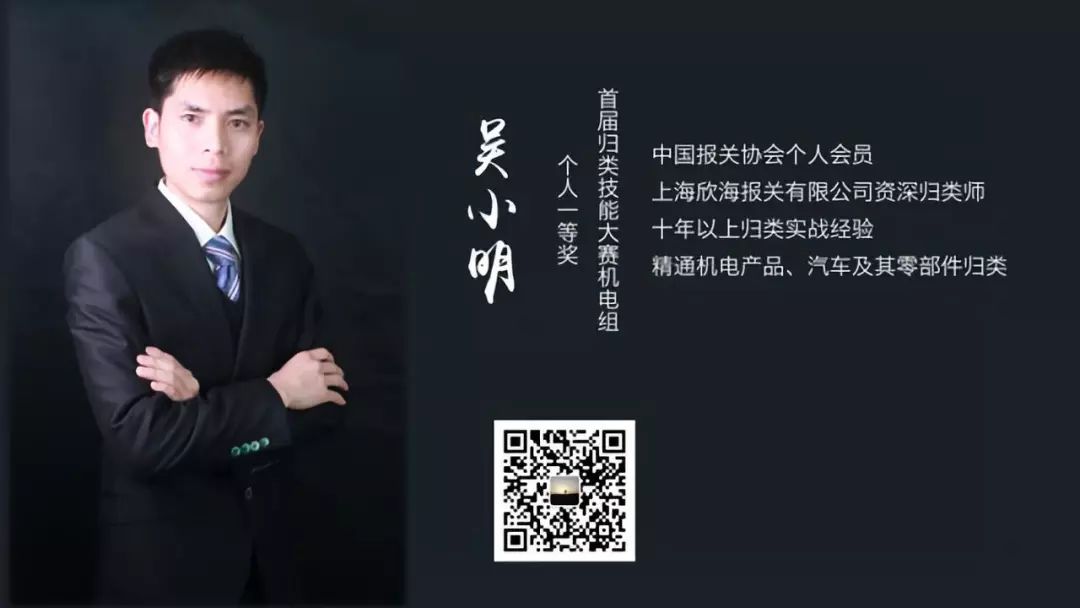Come quickly! Xiao Ming is out again…
Hey~
We meet again~~~
How are you all doing?
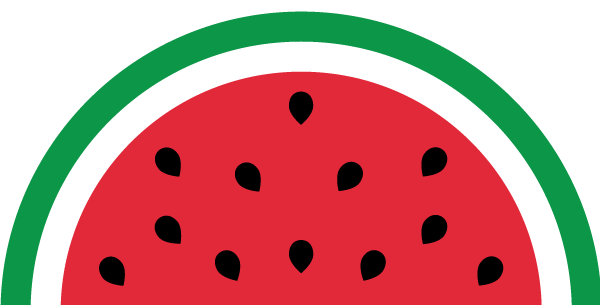
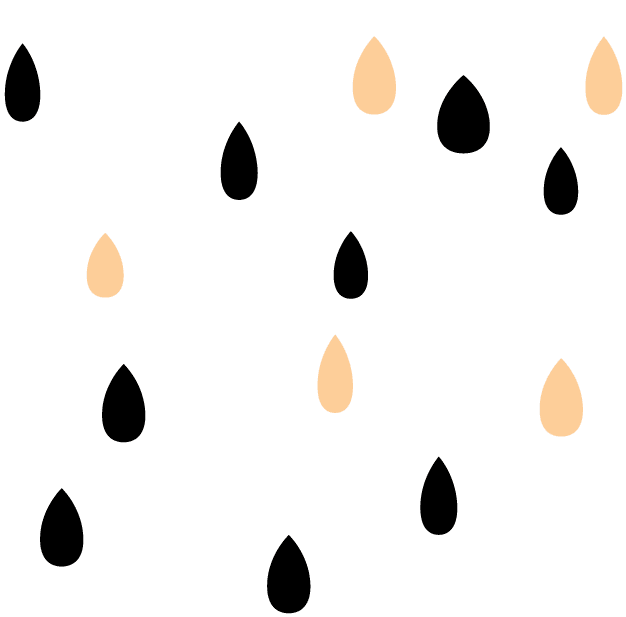
2018.11.14
Display Screen
Also known as monitors, display devices, screens, etc., used in: securities trading, financial information display, station, port passenger guidance information display, airport flight dynamic information display, stadium information display, road traffic information display, postal services, telecommunications, government publicity and information display in shopping malls, shopping centers, advertising media, exhibitions, stage performances, etc., displaying various video, images, and text screens.
Cathode Ray Tube Display:
The CRT display, scientifically known as “cathode ray tube,” is a type of display that uses a cathode ray tube. It mainly consists of five parts: electron gun, deflection coil, shadow mask, high-voltage graphite electrode, and phosphor coating along with a glass shell.
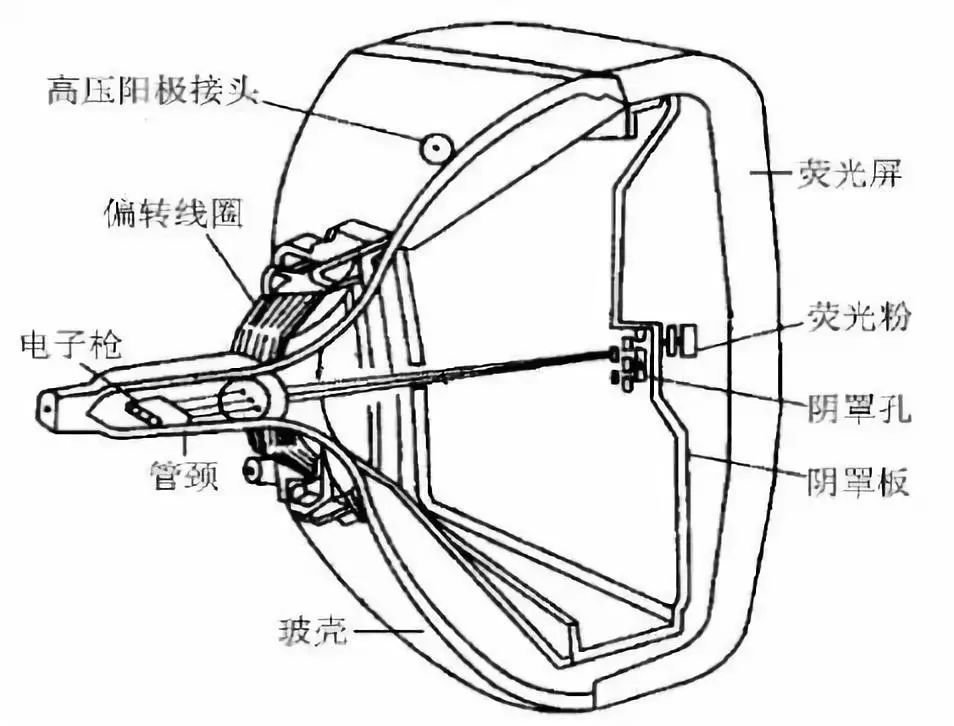
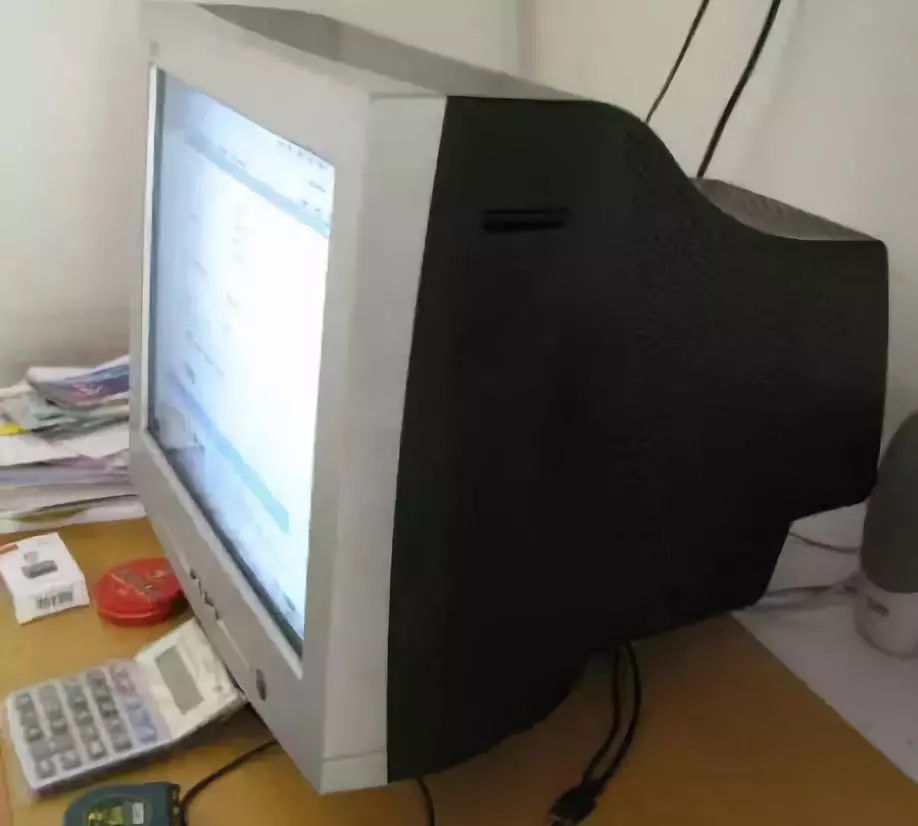

It is a flat ultra-thin display device composed of a certain number of color or black-and-white pixels, placed in front of a light source or reflective surface. The main principle is to stimulate the liquid crystal molecules with electric current to create points, lines, and surfaces, in conjunction with backlight tubes to form images.
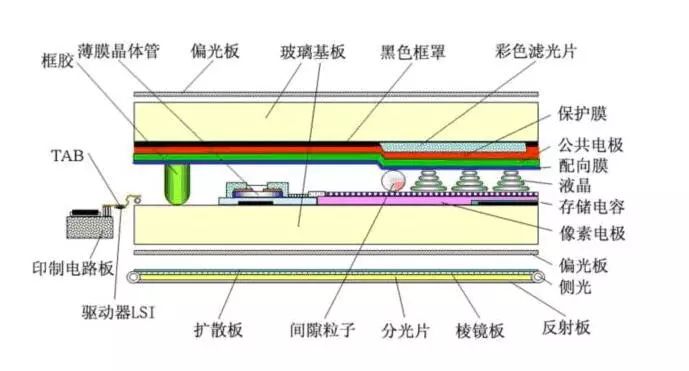
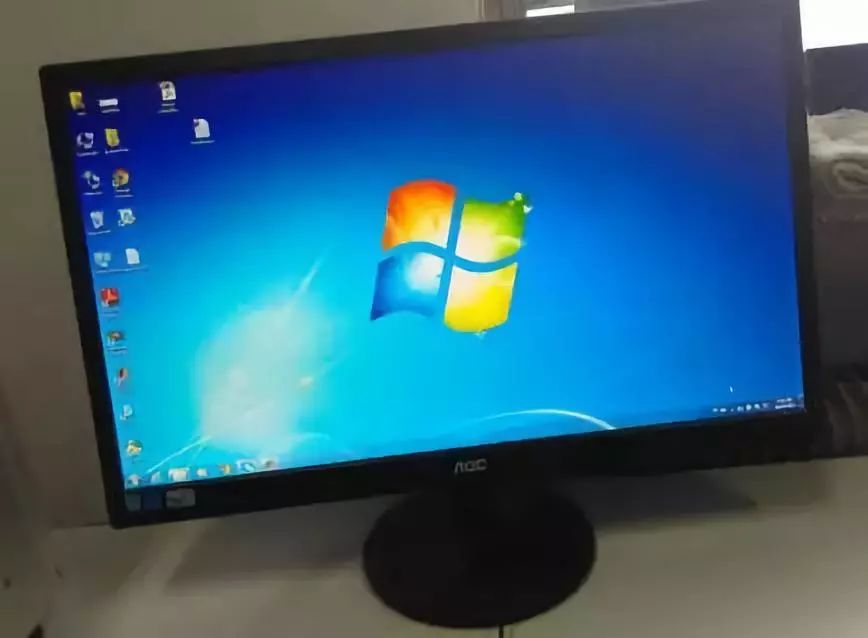

The LED display (LED panel) is a type of display that shows text, graphics, images, animations, video, and recording signals through controlling semiconductor light-emitting diodes. It is usually composed of multiple LED modules assembled into a large LED display screen.
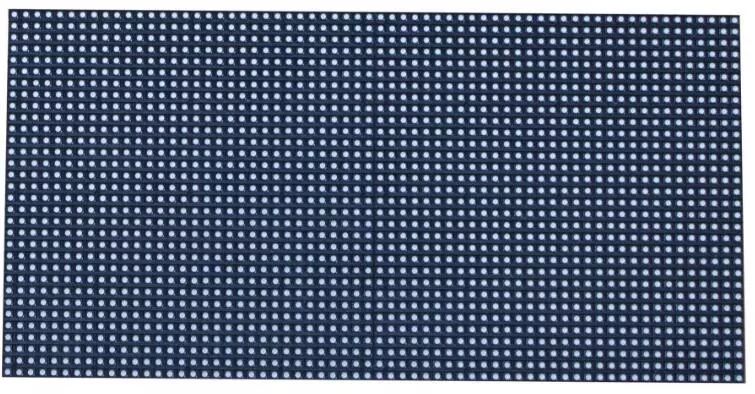
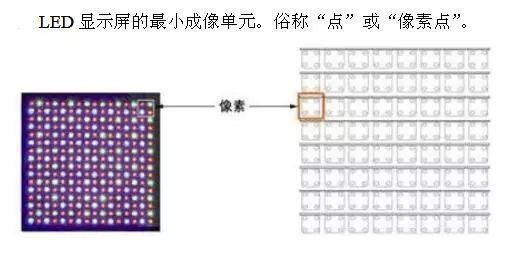
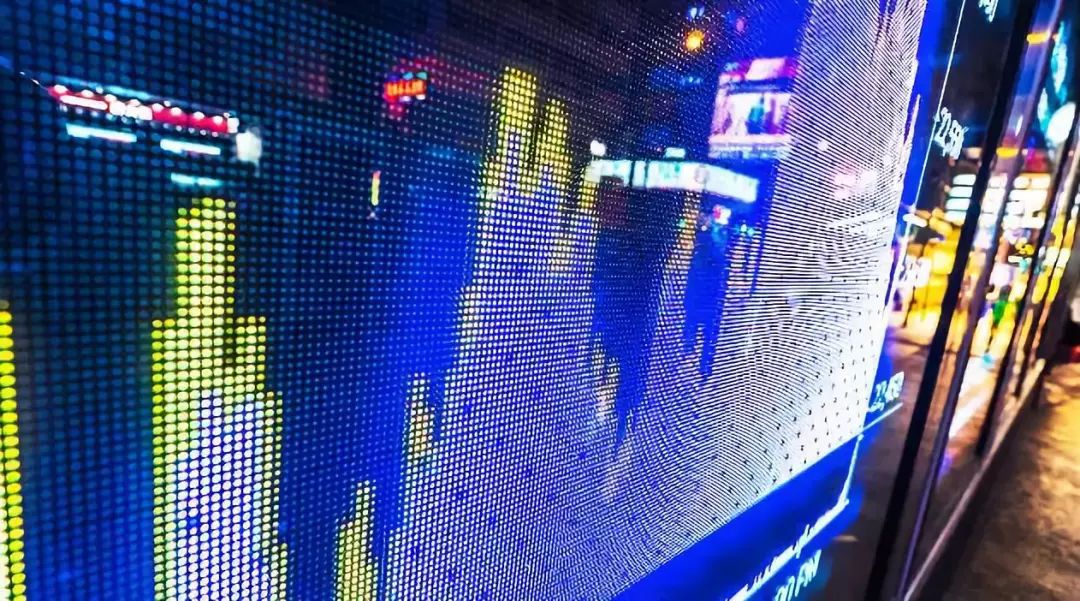

The plasma display (Plasma Display Panel) is a type of flat display screen, where light is emitted by ions between two sheets of glass. Unlike liquid crystal displays, the emitted gas does not contain mercury, but uses a mixture of inert gases like neon and xenon, which are harmless gases. The principle of plasma emission is to inject inert gas or mercury vapor into a vacuum glass tube, apply voltage to produce a plasma effect, emit ultraviolet light, excite phosphors to produce visible light, and utilize the duration of excitation to generate different brightness levels. In plasma displays, each pixel is produced by three different color (RGB) plasma light sources.
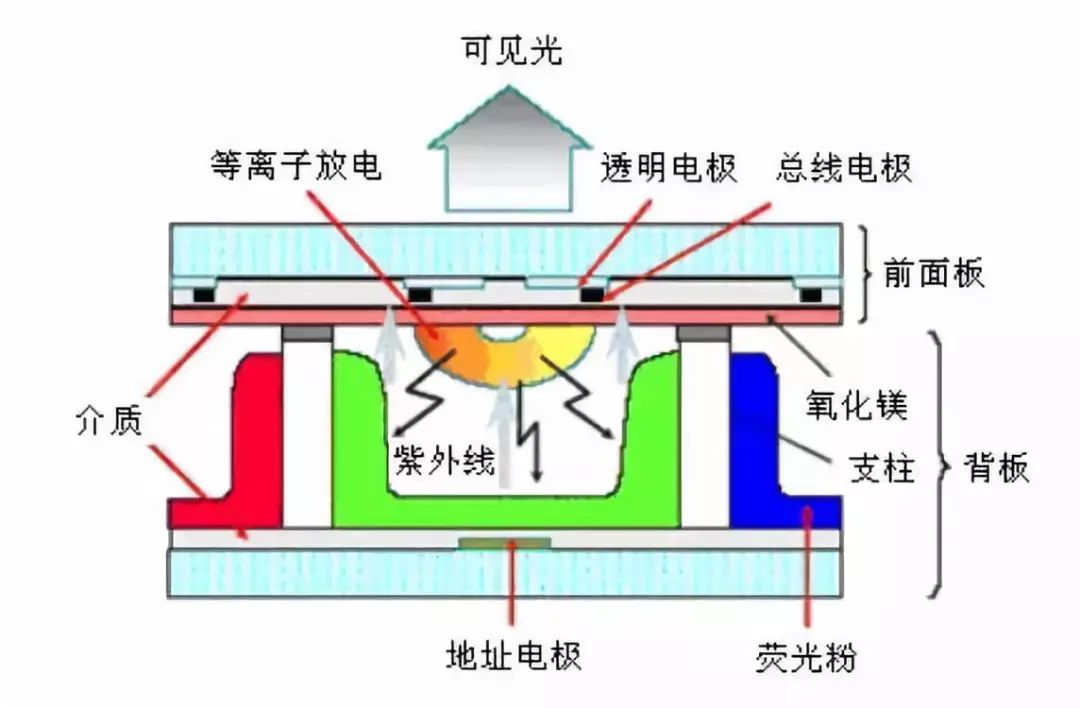
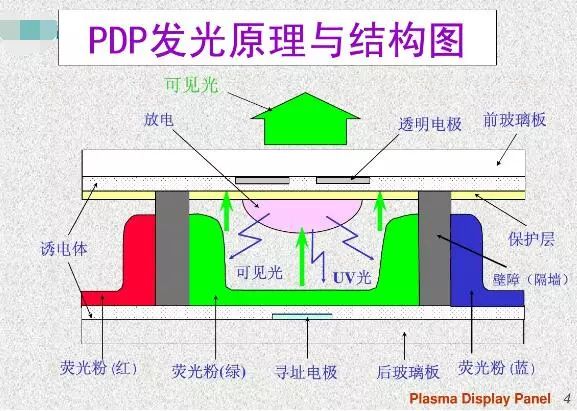
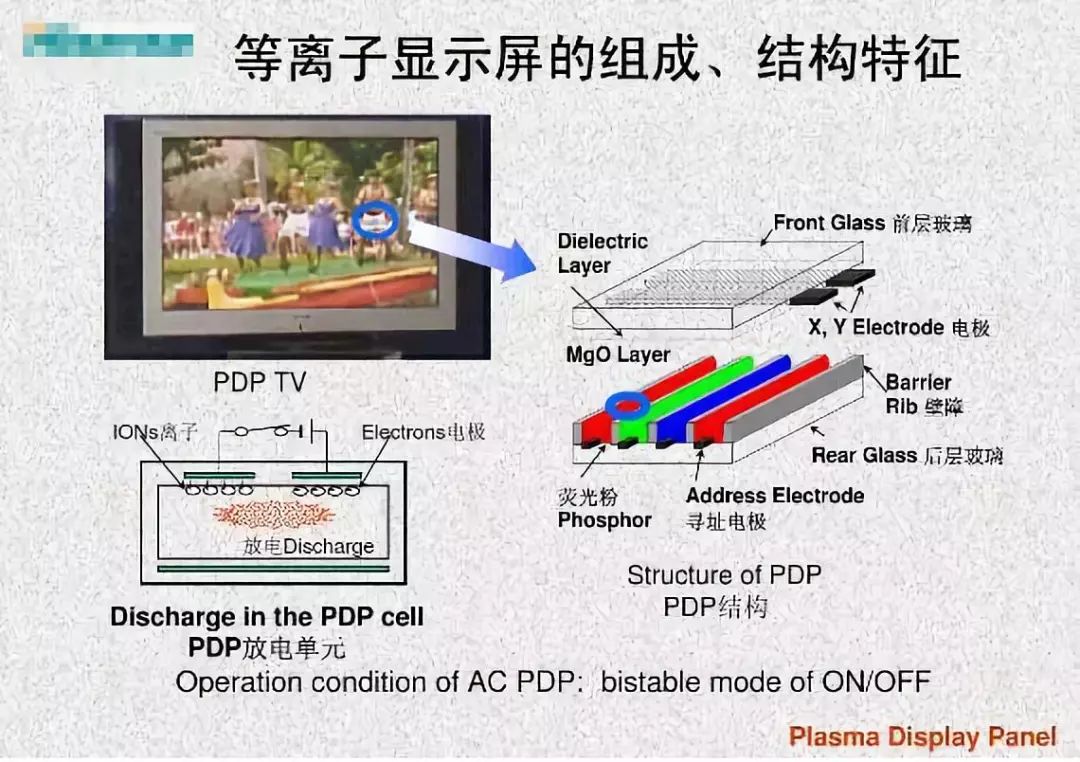

The OLED display is made using organic light-emitting diodes. Due to its self-emitting organic light-emitting diodes, it does not require a backlight, offers high contrast, is thin, has a wide viewing angle, fast response time, can be used for flexible panels, has a wide temperature range, and has a simpler structure and manufacturing process, making it a promising emerging technology for next-generation flat displays.
OLED: Organic Light Emitting Diode, a device made from organic semiconductor materials. The basic structure of OLED consists of a thin, transparent layer with semiconductor properties (ITO), connected to a positive electrode, along with another metal cathode, forming a sandwich-like structure. The entire layered structure includes: hole transport layer, light-emitting layer, and electron transport layer.
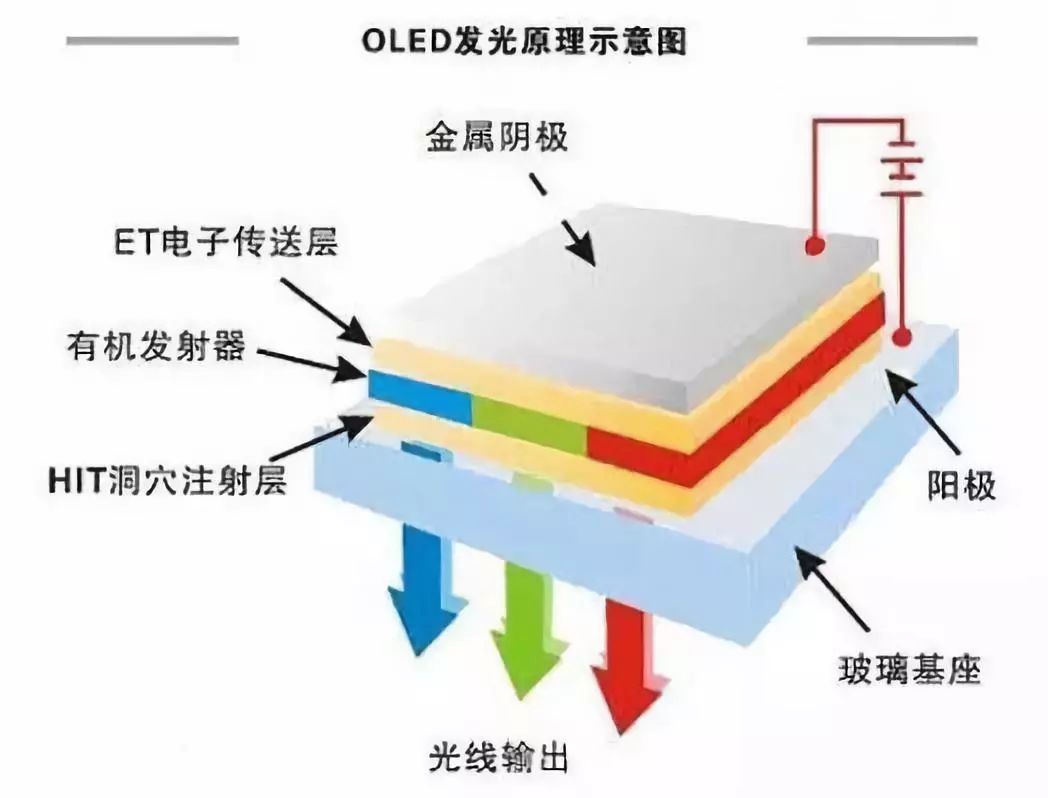
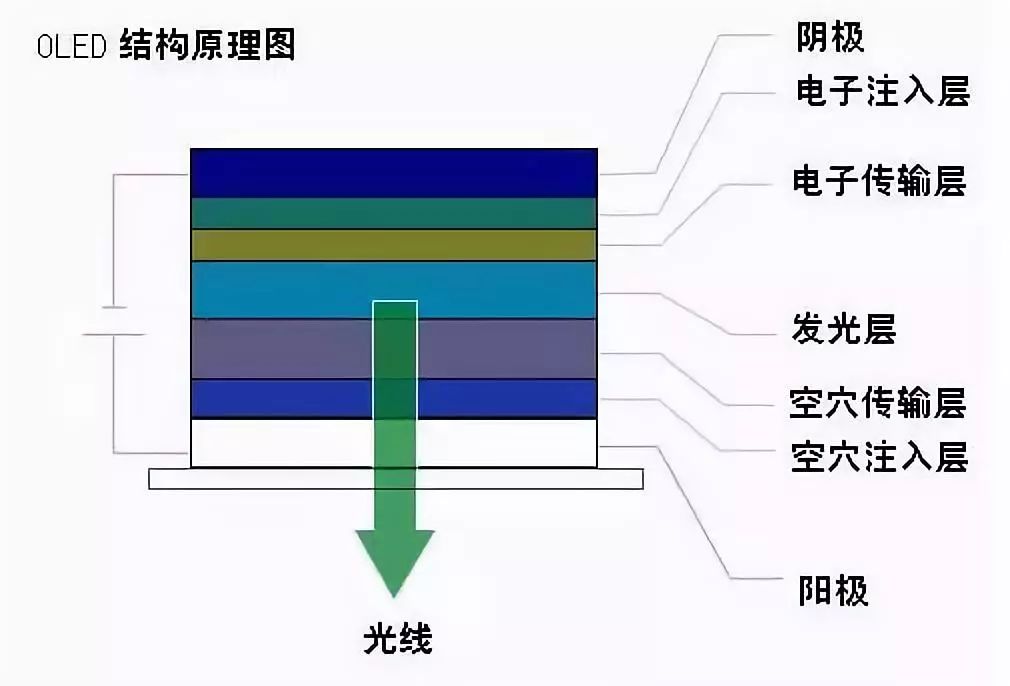
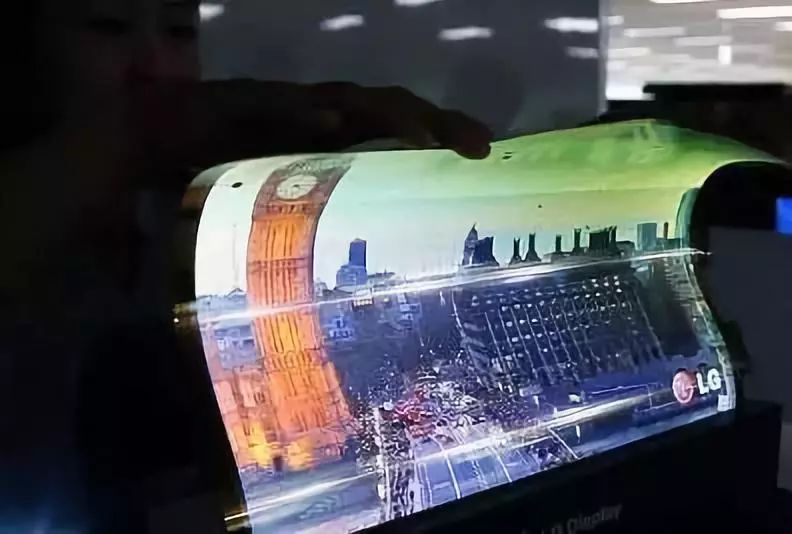
Differences in Display Principles
CRT Display:It is a type of display that uses a cathode ray tube.
LCD Display:It is a flat panel display that modulates external light based on the arrangement of liquid crystal molecules in an electric field.
LED Display:It is a type of display that shows various information such as text, graphics, images, animations, market data, video, and recording signals through controlling semiconductor light-emitting diodes, usually composed of many red LEDs that display characters by turning on and off.
PDP Display:It injects inert gas or mercury vapor into a vacuum glass tube, applies voltage to generate plasma effects, emits ultraviolet light, excites phosphors to produce visible light, and utilizes the duration of excitation to generate different brightness levels.
OLED Display:It emits light by driving the organic thin film with electric current, which can be red, green, blue, white, etc., and can also achieve full-color effects.
These displays are generally classified under item 8528.
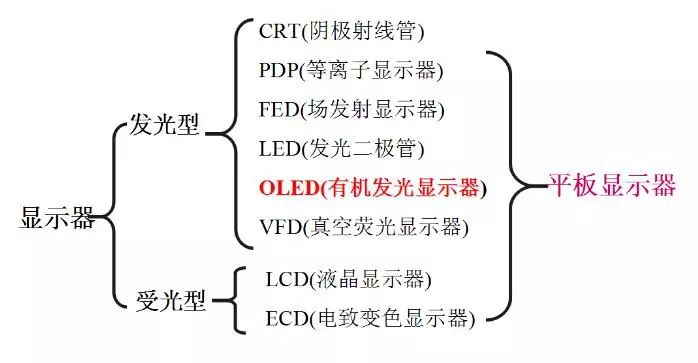
〖★Thoughts★〗
Mechanical Flip Dot Display
﹀
﹀
﹀
Display Principle: Controlled by a motor, each display point’s magnetic flip plastic sheet (with two different colors) flips, forming combined numbers, letters, or graphics through the flipping of different display points.
Which tax number should it be classified under?
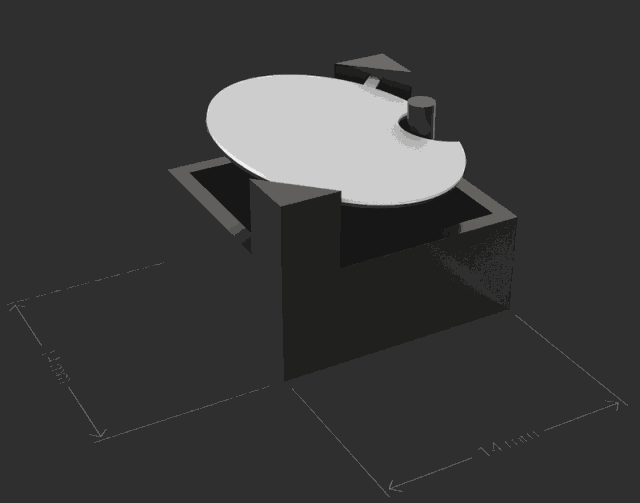
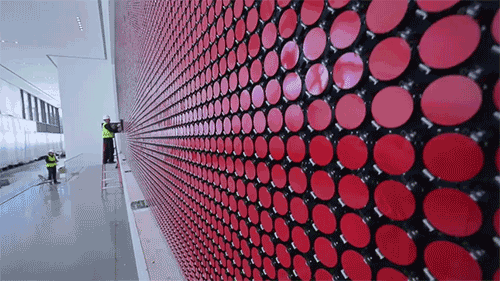
The above summary is sourced from online learning for reference only.
Thank you for reading!

